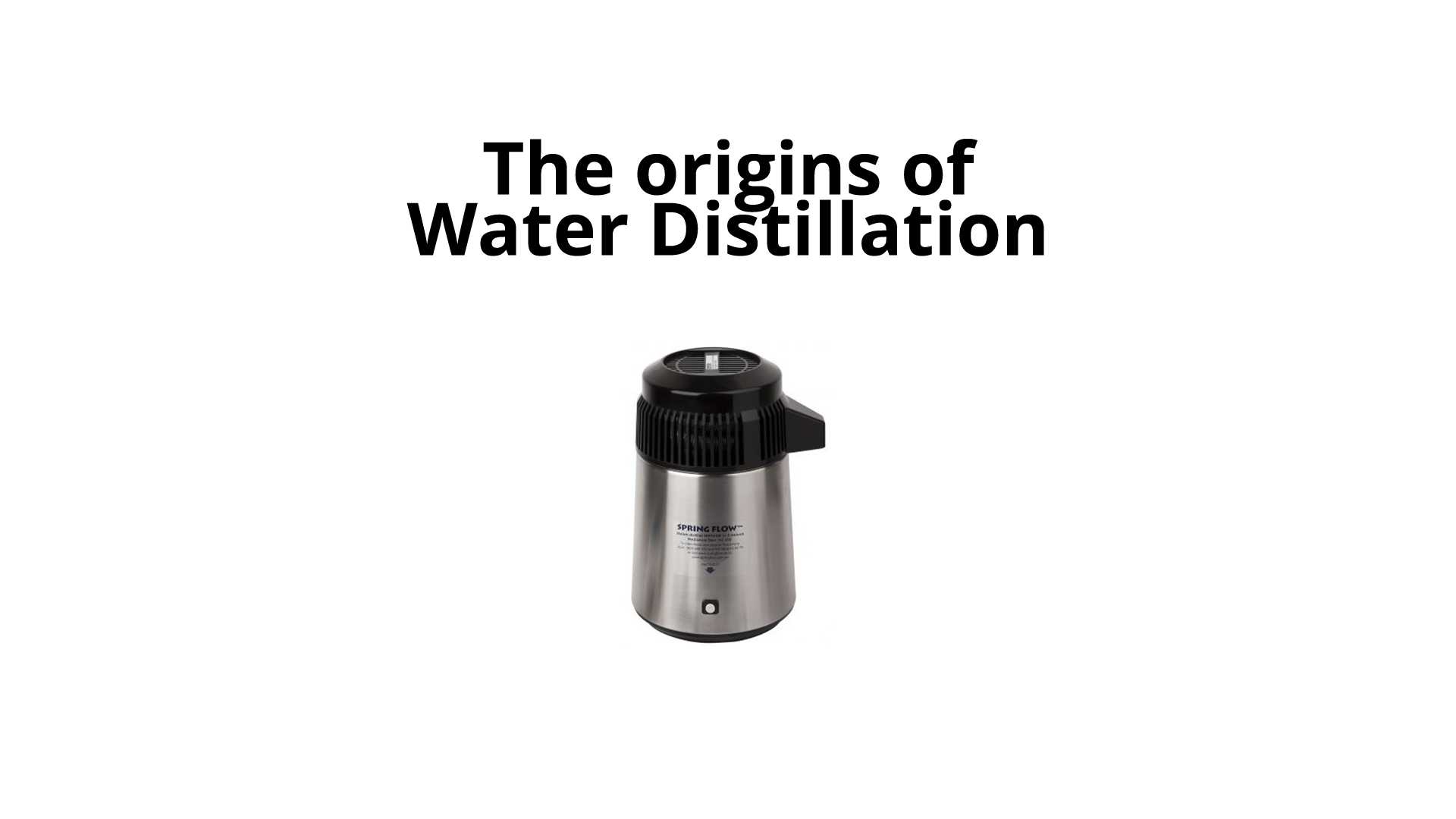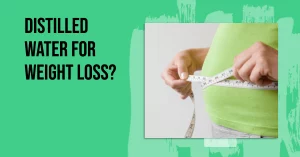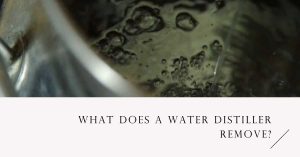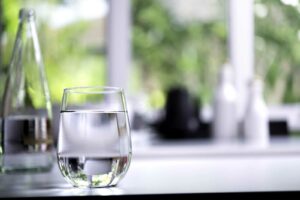The method of water distillation has been used for thousands of years and has been essential to the advancement of civilisations. It is still frequently used today for a variety of applications since it is a straightforward yet efficient method of cleaning water and making it safe to drink. In this article we’ll look at the history of water distillation and how it has changed and how you can easily distill you own water using the best water distiller Australia has available.
Water distillation dates back to the earliest known civilisations in India and China, where it was employed to create pure water for therapeutic uses. The procedure was also employed by the ancient Greeks and Romans to clean drinking-quality seawater, and it was subsequently adopted by Arab chemists in the Middle Ages.
The Indian Ayurvedic classic “Charaka Samhita,” which was published approximately 300 BC, contains one of the first known descriptions of water distillation. The procedure of “sambhavana,” which entails boiling water and collecting the steam in a cooled container, is described in the book. This steam would then condense into clean water that was thought to have therapeutic qualities.
A similar technique was employed in antiquity by the Chinese to purify water. They heated water in a “haung,” which might be either clay or bronze. As the water boiled, the rising steam would be collected in a container that had been cooled, where it would condense into clean water.
Although producing distilled spirits was one of the other uses for water distillation in the ancient world, it was largely employed for medical purposes. The “alembic distillation” method was employed by the ancient Greeks and Romans to create purified water as well as other goods like perfumes and essential oils.
Arab chemists, who significantly advanced the science of alchemy during the mediaeval era, furthered the distillation of water. They created more effective distillation processes, such as the use of stills, which are still employed today to produce distilled spirits. In addition to using water distillation to create purified water, Arab chemists also employed it to clean up other chemicals like alcohol and essential oils.
When Dutch scientist and inventor Jan Baptist van Helmont created the first continuous-flow still in the 16th century, it was one of the most important developments in water distillation. Instead of having to wait for the water to cool and condense before collecting it, this still allowed for the continuous production of distilled water.
Water distillation evolved over the years, and the industrial revolution eventually adopted it as a method of manufacturing purified water on a large scale. Water distillation is a common practise in several businesses today, including the creation of distilled spirits, drinking water, and wastewater purification.
In conclusion, the method of water distillation has been employed for thousands of years and has been vital to the growth of civilisations. It has changed over time and is still commonly used today for a number of tasks, such as the creation of distilled spirits, purified drinking water, and wastewater purification. Water distillation is still a significant and useful method for purifying water, whether it is employed on a small scale in a home distillation system or on a big one in an industrial environment.




